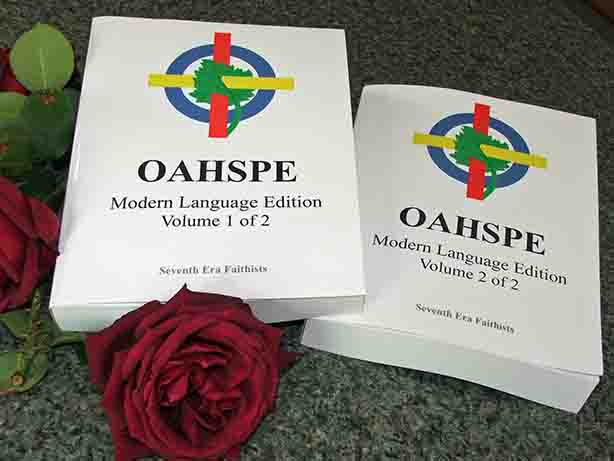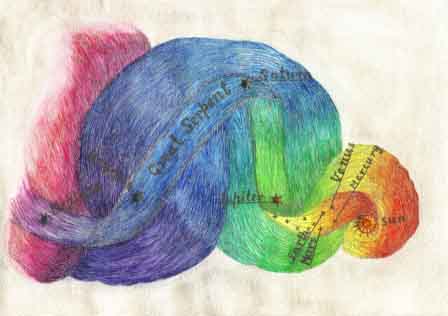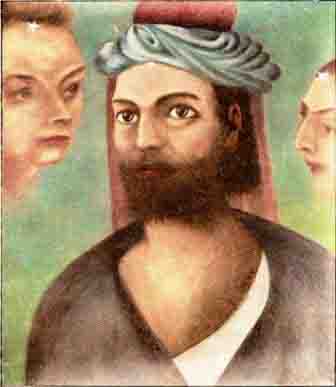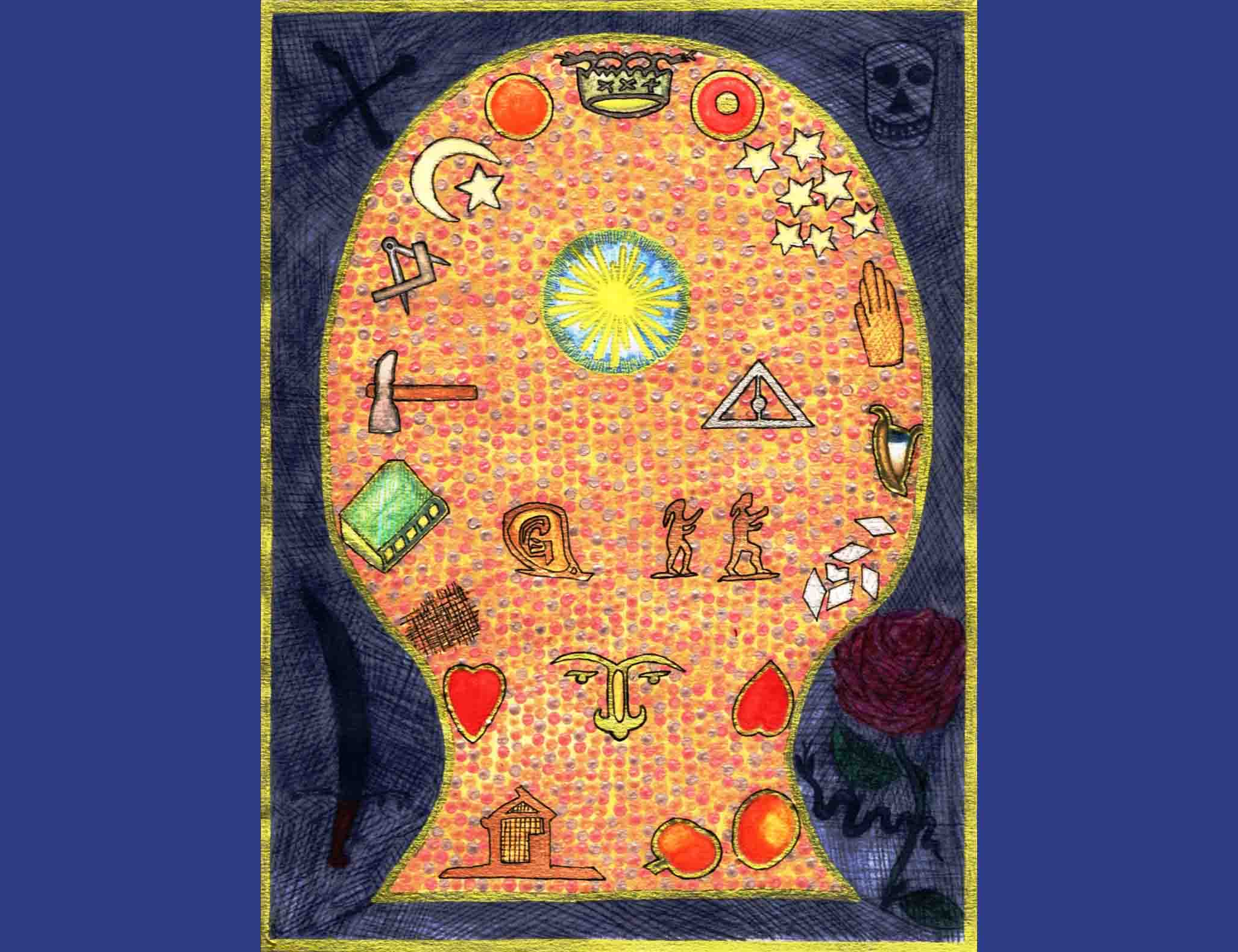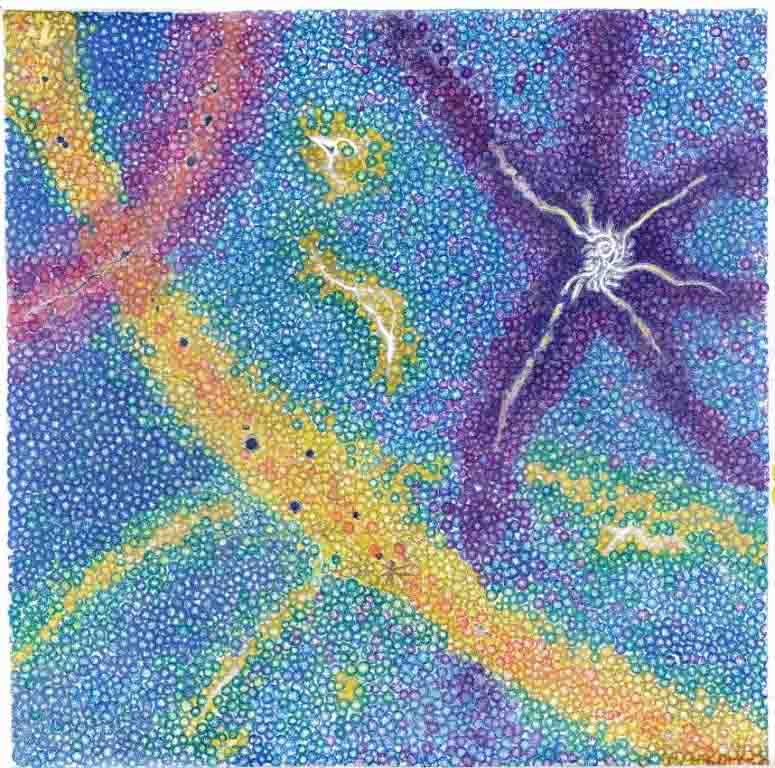The Lant Proof Sheets and their significance to Oahspe
The Lant Proof Sheets were printed off 500 plates which were made in 1881 but never used in the published Oahspe in 1882.
Jim Dennon writes: "...the 1882 first printing of Oahspe was not the first version of the book. The very first plates were made during the year of 1881 from the original manuscript of Oahspe...These plates were made by Dr. Newbrough's printer friend, John A. Lant [in] New York City."[1]
According to an article/press release in the New York Times dated 21st October, 1882, the transmission of Oahspe through Newbrough took place from the Spring of 1880 to the Spring of 1881.
"He began the work in the Spring of 1880, an impression coming over him that it must be done. When he began a bright light settled over his fingers. This would last 15 to 30 minutes, and when it disappeared he could write no more....He continued his work for a year lacking two weeks. "I could not read it, for the light would not let me" he said, "and I did not know the contents of the book until it was ready for type." [2]
Then still in 1881, Newbrough had Lant begin preparing Oahspe for publication. After some 500 plates and proof sheets had been printed, Newbrough told Lant he would not be using the plates and dismissed Lant from the project. Lant kept the plates and proof sheets.
This means that by the time the 1882 edition was published it was the actual third edition of Oahspe. The first being the actual typwritten manuscript tranmitted through Newbrough's hands, the second was the incompleted Lant Proof Sheets. So while the 1891 Edition, with edits to text and footnotes, also contained additional Oahspe text not published in the 1882 edition, i.e., the Book of Discipline, it still was not a replica of the manuscript. In fact several edits that differed from the 1882 edition indicated that Newbrough and/or his co-editors made some misinterpretations of the original text. The edits, however, did not affect the general nature of the message. A coincidental benefit of Newbrough's misinterpretations was that it was further proof that Newbrough himself was not the author of Oahspe.
According to Dennon, Lant passed the proof sheets to Nelson Standart, both of them being "Outer Council" members of the Brotherhood of Light in Colorado. By 1909 Standart had sent the proof sheets to the Brotherhood of Light headquarters at Arboles, Colorado. 80 Lant Proof Sheets passed into Wing Anderson's hands when he purchased the copywrite and 1891 printing plates from Newbrough's daughter Justine around 1930, along with a large pile of various other papers, including original letters from Newbrough. These remained among the files and archives of Wing Anderson's community, The Essenes of Kosmon. They published The Book of Knowledge, copied from proof sheets as well as other parts of the proof sheets in their periodical "The Kosmon Pioneer Bulletin" from 1954 to 1956.
Since that time, the proof sheets were lost track of and to date, it is not known if any still exist.
[1] More of Oahspe by John Dennon; 1983.
[2] The New York Times article on Oahspe; 21st October 1882.
An Original Lant Proof Sheet
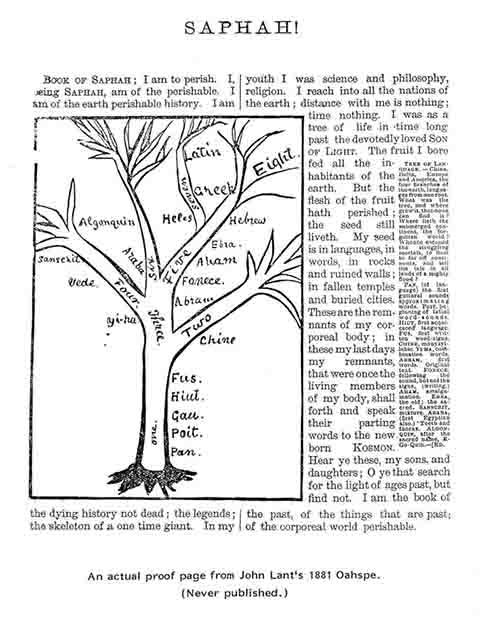 Of
the published Lant Proof Sheets by the Essenes of Kosmon only one was
published as an original replica. Dennon writes: "Wing published a
special Kosmon Newsletter which included the lettters from Dr.
Newbrough and Andrew Howland, and the Saphah! title proof sheet. This
was the only Lant proof sheet ever made public (only the contents were
copied and published from the others)".
Of
the published Lant Proof Sheets by the Essenes of Kosmon only one was
published as an original replica. Dennon writes: "Wing published a
special Kosmon Newsletter which included the lettters from Dr.
Newbrough and Andrew Howland, and the Saphah! title proof sheet. This
was the only Lant proof sheet ever made public (only the contents were
copied and published from the others)".
The whereabouts of the Lant Proof sheets and whether they even still exist is not known. How much of the proof sheets remained unpublished by The Essenes of Kosmon is also not known. And all that was not included in the Lant Proof Sheets that was also pulled from the 1882 publication is also not known.
Why material was witheld from publication in the 1882 Edition
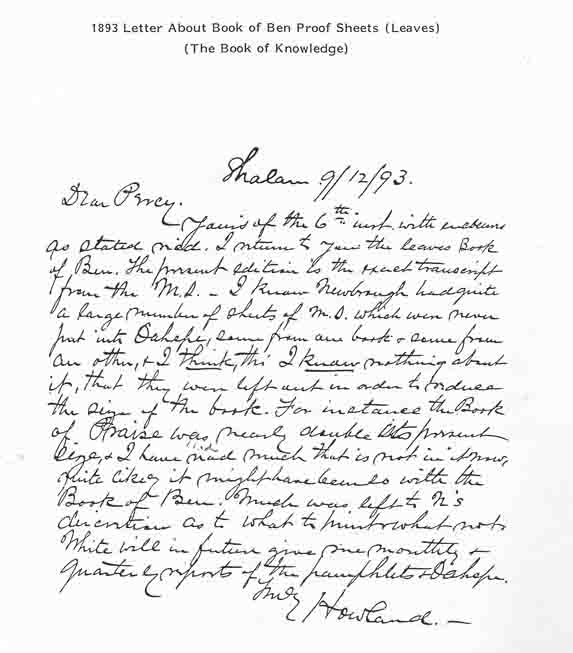
Personal letters between associates of Newbrough's reveal that reducing the size of Oahspe to limit publishing costs and affordability of the book to buyers was the reason a reduced Oahspe was finally published. As it turned out, the reduced Oahspe was still a large and relatively expensive volume, retailing at $7.50 on its first release.
We can be sure that Newbrough was most dedicated in his efforts to make Oahspe available, before and after publication, within the constraints of available resources.
During the next several years following the publication of Oahspe in 1882, the Oahspe Publishing Association released some of the unpublish manuscript material. This included The Book of Ouranothen, The Book of Discipline and Eleven Zemers. An internet archival entry confirms that The Book of Ouranothen was a part of Oahspe and a product of "automatic writing":
Publishing Association, New York. Five chapters from Oahspe, "Ouranothen."
Written automatically. Index to the New Bible, Panic, Yi'haic, Vedic, Hebraic
and Sanscrit primaries. Interpretations, illustrations, etc. Quarto, pp. 24.||
In
the same spirit as Newbrough, dedicated publishers over the years have
striven to keep Oahspe in print at a minimum price, forgoing profits
and often relying on donations to continue publishing.
Press Release announcing Oahspe in the New York Times, 1882
Dr Newbrough's "Oahspe." (Published in The New York Times on 21st October 1882):
AN "INSPIRED" VOLUME GIVING THE HISTORY OF 24,000 YEARS.
Several persons gathered at the house of Dr. J.B. Newbrough, No. 128 West Thirty-fourth street, last evening, to examine a new Bible, called Oahspe, which was written by Dr Newbrough.
The New Bible is supposed to give the history of the earth and the heavens for 24,000 years, and is written "in the words of Jehovih and his Angel Ambassadors." It is a large quarto volume of over 900 pages, and is published by an association consisting of seven persons. Dr. Newbrough, after the book had been examined by those present, told the story of its writing, prefacing his remarks by saying that its object was not to supplant other Bibles and religions, but to set forth a history of all religions, going back 24,000 years. He said it was for all races and peoples, and explained the private affairs of angels and their relation to mortals. It showed why heaven was worth living for. He also said that he was not familiar with ancient religions or languages before he wrote the book. He had written it automatically, his mind having no connection with what he was writing. In fact, he did not know from one day to another what he was penning on paper.
He began the work in the Spring of 1880, an impression coming over him that it must be done. When he began a bright light settled over his fingers. This would last 15 to 30 minutes, and when it disappeared he could write no more. It always left his fingers cold and stiff. The work also could only be satisfactorily carried on at sunrise. This light he continued, seemed to impress him, strongly he thought it was similar to the light in the burning bush which talked with Moses and which was the most common way of revelation to the sons of men. He continued his work for a year lacking two weeks. "I could not read it, for the light would not let me" he said, "and I did not know the contents of the book until it was ready for type."
After he had finished the manuscript, he said money began to come in from entire strangers, who said they were impressed to send it to him. From England $1,000 came, and about $2,500 was received from Boston. One roll of greenbacks was simply wrapped in a piece of paper with no envelope about it. This money he thought was clearly meant for the publishing of the new Bible, and consequently the association was formed. The book had been before the world for about three weeks and 52 copies had been sold to clergymen in this City and its vicinity. There had also been sold 200 copies to intelligent citizens. He refused to give the names of the members of the association, saying that it was composed of seven persons, including two women. The agreement between the members called for $100,000. [sic $10,000.]. Some members had contributed $1,200. It was printed with plates in this City, where all the engraving was done. Whatever money should be obtained from the sale of the book was to be used in establishing kindergarten homes for orphans in this City. There were no salaries given to anyone.
Prof. Thomas A. M. Ward then spoke a few words concerning the book. He said he was an Egyptologist, and had deciphered the legend in the hieroglyphics on the obelisk in Central Park. The letters used by Dr. Newbrough corresponded wonderfully to the Egyptian hieroglyphics. Dr. Cetlinisky, also an Oriental scholar, said he had studied the book and had come to the conclusion that a man could not produce such a work, and believed it was the work of supernatural agents.
Dr. Newbrough has been a spiritualist for about 12 years. He is a native of Ohio and is now a practicing dentist. He is a man of large statute [sic stature], with dark, dreamy eyes, and is very slow in his action. To a casual observer the Bible seems a conglomeration of revised editions of Indian and Semitic religions. The style is in one place modern, and in another ancient, and the English of the King James version of the Christian Bible is mixed in with the English of to-day's.
Published in The New York Times on 21st October 1882.
